Switching from traditional cycling or driving to an electric bike can save you significant commute time by enabling speeds up to 28 mph, bypassing traffic jams via bike lanes, and eliminating parking hassles. Models like TST EBike’s 26-inch and 27-inch offer powerful motors and versatile designs that help riders conquer hills and urban routes efficiently, making daily commuting faster and more enjoyable.
How Does an Electric Bike’s Speed Advantage Save Commute Time?
Electric bikes provide motor-assisted pedaling that allows riders to reach speeds between 20 and 28 mph without excessive effort. Compared to traditional bicycles averaging 10-12 mph, this speed boost can cut commute times by up to 40%. For example, a 10-mile commute that takes 50 minutes on a traditional bike can be reduced to about 30 minutes on an e-bike, saving nearly 20 minutes each way and almost two hours weekly.
How Can Electric Bikes Help You Avoid Traffic and Reduce Delays?
E-bikes enable riders to use bike lanes, paths, and shortcuts inaccessible to cars, allowing them to bypass traffic congestion especially during peak hours. Unlike cars stuck in jams, e-bike commuters enjoy more predictable and often shorter travel times by navigating alternative routes. This flexibility reduces stress and increases punctuality for work or appointments. Why Choose Step-Thru Electric Bikes For Daily Commuting?
What Parking Benefits Do Electric Bikes Offer Compared to Cars?
Parking is a major time sink for car commuters, involving searching for spots and paying fees. E-bikes can be parked securely near destinations using bike racks or indoor storage, saving time and money. Many workplaces now offer dedicated e-bike parking and charging stations, further enhancing convenience and reducing the hassle associated with car parking.
Which TST EBike Models Are Best for Saving Commute Time?
TST EBike models like the Defender 26 and Stealth 20 are ideal for saving commute time. These models feature powerful motors and efficient pedal-assist systems that boost speed on urban roads. Their lightweight frames and agile handling help riders navigate traffic quickly. Additionally, they offer reliable battery life for longer commutes and easy folding options for multi-modal travel. These features combine to reduce overall commute time while maintaining rider comfort and control.
- 26-inch TST EBike Model: With fat tires and a 1000W motor, it excels in rough terrains and hilly commutes, providing stability and power to maintain speed with ease.
- 27-inch TST EBike Model: Designed for urban commuting and mountain biking, it offers agility, efficient battery use, and a 1000W motor for fast, comfortable rides on mixed terrain.
Both models feature long-range batteries and durable frames, making them ideal for saving time on diverse commuting routes.
TST EBike Commute Efficiency Chart
| Feature | 26-inch Model | 27-inch Model |
|---|---|---|
| Motor Power | 1000W mid-drive | 1000W mid-drive |
| Tire Type | Fat tires | Mountain tires |
| Terrain Suitability | Rough, hilly terrains | Urban, mixed terrain |
| Max Speed | Up to 28 mph | Up to 28 mph |
| Battery Range | 40-60 miles | 40-60 miles |
How Do Electric Bikes Improve Overall Commute Efficiency?
Beyond speed, e-bikes reduce commute unpredictability by allowing riders to avoid traffic snarls and take more direct routes. The pedal-assist feature reduces fatigue, enabling consistent speeds and less frequent stops. This efficiency translates to better time management and less stress during rush hours.
What Are the Health and Environmental Benefits of Commuting by E-Bike?
E-biking combines exercise with transportation, improving cardiovascular health without overexertion. It also reduces reliance on cars, cutting greenhouse gas emissions and lowering urban pollution. This dual benefit supports personal well-being and environmental sustainability.
Buying Tips
When choosing an electric bike for commuting:
- Match model to terrain: Choose the 26-inch TST EBike for hilly or rough routes; the 27-inch model for urban and mixed terrain.
- Consider battery range: Ensure it covers your daily commute with margin for detours.
- Prioritize comfort and safety: Look for suspension, ergonomic design, and reliable brakes.
- Check for accessories: Fenders, racks, and lights enhance commuting practicality.
- Test ride models: Experience handling and motor responsiveness.
- Choose trusted brands: TST EBike offers quality control and consumer-focused designs.
Is an electric bike worth it for commuting?
Yes, electric bikes are highly worth it for commuting. They save time by enabling speeds up to 28 mph, help you bypass traffic via bike lanes, reduce parking hassles, and provide exercise without exhaustion. Models like the TST EBike make hill climbing and urban riding easier and faster, making daily commuting efficient and enjoyable.
How much time do you save with an electric bike?
E-bikes can cut commute times by up to 40%. For example, a 10-mile ride taking 50 minutes on a traditional bike can be reduced to about 30 minutes with an e-bike, saving nearly 20 minutes each way and almost two hours per week.
How long does it take to ride 20 miles on an eBike?
Riding 20 miles on an e-bike typically takes between 45 and 60 minutes, depending on motor power, terrain, and pedaling effort. Faster models like the TST EBike can cruise at 20-28 mph, cutting ride times significantly compared to standard bikes.
Can you get an electric bike on cycle to work?
Yes, many cycle-to-work schemes allow electric bikes as eligible purchases to benefit from tax savings. Check local program rules, as eligibility depends on e-bike specifications and employer participation in the scheme.
What Is The Best Electric Bike For A 20 Mile Commute?
The TST EBike’s 26-inch and 27-inch models with strong motors and extended battery range are ideal for 20-mile commutes, balancing speed, comfort, and battery life to ensure reliable daily travel.
How Does An E-Bike Travel Time Calculator Work?
An e-bike travel time calculator estimates trip duration by factoring in distance, average speed (affected by motor power and assist level), terrain, and rider effort to provide accurate commute time predictions.
What Electric Bike Is Ideal For A 15 Mile Commute?
E-bikes with 500–750W motors and battery capacity for at least 30-40 miles per charge suit 15-mile commutes well. Models like the TST EBike provide ample power and comfort for this distance with consistent performance.
How To Choose An Electric Bike For Work Commute?
Consider distance, terrain, speed needs, battery range, portability, and comfort. A reliable motor and smooth pedal assist, such as in the TST EBike, reduce rider fatigue. Features like integrated lights and racks enhance commuting practicality.
What Electric Bike Suits A 30 Mile Commute Best?
For 30-mile commutes, choose e-bikes with large-capacity batteries (14Ah or more) and efficient motors that maintain speeds around 20+ mph. Longer range and comfort-focused designs, offered by TST EBike models, help sustain daily long-distance rides.
Which Electric Bike Works Well For A 10 Mile Commute?
Compact e-bikes with 250–500W motors and moderate battery size suit 10-mile trips. Lightweight foldable options with good assist levels afford easy storage and quick, sweat-free rides for short commutes.
How Effective Is An E-Bike For Daily Work Travel?
E-bikes provide a cost-effective, reliable, and time-saving option for daily commuting. They improve fitness, reduce stress, and bypass traffic delays. Their flexibility and environmental benefits make them increasingly popular for work travel.
What Is The Best E-Bike For A Hilly Commute?
Powerful e-bikes with high-torque motors like the TST EBike equipped with 750W+ motors excel in hilly areas, offering strong pedal assist and capable batteries to handle steep inclines without draining range quickly.
In today's fast-paced world, time is of the essence, and commuting to work can often feel like a waste of precious hours. With traffic congestion, crowded public transport, and parking hassles, the daily commute can be both frustrating and time-consuming. However, there is a smarter, more sustainable way to get to work: electric bikes. Electric bikes for commuting are gaining popularity, and for good reason. Not only do they offer a more enjoyable ride, but they also help you save valuable time on your daily commute.
The aim of this blog is to share with you exactly how transitioning into an e-bike to head to and from work will cut down significantly on commute time, vastly improve your health, help the environment out-and all that with a lot of fun without any stress.
1. The Speed Advantage of Electric Bikes
Electric bikes can reach speeds up to 28 mph, significantly reducing commute times compared to traditional bicycles and often matching or surpassing car travel times in congested areas.
One of the main benefits of using an electric bike for your daily commute is speed. When compared to traditional bicycles, electric bikes (e-bikes) can help you cover the same distance in a shorter time, thanks to their motor-assisted pedaling. Depending on your model and terrain, e-bikes can easily reach speeds of 20-28 mph (32-45 km/h) without the need to overexert yourself.
Time vs. Distance: E-Bike Commute vs. Traditional Cycling
To illustrate the time-saving benefit, let’s consider a typical commuter scenario.
| Commuter Method | Distance | Time Taken |
|---|---|---|
| Traditional Bicycle | 10 miles (16 km) | 50 minutes |
| Electric Bike (e-Bike) | 10 miles (16 km) | 30 minutes |
As you can see, switching from a traditional bike to an electric bike can save you around 20 minutes each way. Over the course of a 5-day work week, that’s 100 minutes, or nearly two hours of saved commute time!
Motorized Assistance for Easy Hills and Longer Distances
E-bikes come equipped with motors that assist you while pedaling, making uphill climbs and long distances much easier. This is particularly advantageous in urban areas with hills or on longer commutes that would normally require you to stop and catch your breath. With an electric bike, you won’t need to worry about sweat or fatigue, which means you can focus more on getting to work efficiently rather than struggling with steep inclines.
2. Avoid Traffic and Save Time on the Road
E-bikes allow riders to bypass traffic jams by utilizing bike lanes and alternative routes, leading to more predictable and often shorter commute times, especially during peak hours.
Commuting by car often means getting stuck in traffic jams. Even if you leave early in the morning, unpredictable traffic congestion can still cause delays, making your commute longer than anticipated.
Switching to an electric bike is an alternative to dealing with traffic at all. Many cities today have designated bike lanes or bicycle-friendly infrastructure where bicyclists can navigate out of the way of traffic, offering faster travel times compared to vehicles. Electric bikes provide a flexible means of travel in which you can also take bike paths, shortcuts, and off-road trails to reach your destination, avoiding street congestion.
E-bike Commute: Flexibility and Freedom
With an electric bike, you're not restricted to the same congested routes as cars. If you hit a traffic jam, you can simply hop on a bike lane or find a bike path that leads you around the bottleneck. E-bikes provide a greater sense of freedom, allowing you to quickly maneuver through busy areas and arrive at work faster.
3. Save Time and Money on Parking
With an e-bike, you can avoid the hassle and expense of parking. E-bikes can be secured closer to destinations, saving time and reducing parking costs associated with car commuting.
Parking is an enormous concern in most urban cities. Looking for a place in the parking lot or on-street parking takes some time, and often there are heavy fees connected to it. However, in the case of an e-bike, you get rid of parking altogether. Most cities have bike racks where you can park your e-bike with ease, often in locations much closer to your destination than the nearest parking garage.
E-bike Parking Tips
- Look for secure bike racks or parking areas near your workplace.
- Some offices even provide dedicated bike storage or charging stations for e-bike users.
By not having to spend time looking for a parking spot or waiting for others to leave, you can ensure a quicker and more convenient arrival at work.
4. Commuting by E-Bike Is Good for Your Health
Riding an e-bike provides moderate physical activity, improving cardiovascular health and overall well-being, while being less strenuous than traditional cycling, making it accessible for a wider range of fitness levels.
While the time-saving benefits of an electric bike are clear, e-bikes also promote a healthy lifestyle. Although e-bikes are motor-assisted, you still get plenty of exercise. The motor makes pedaling easier, but you can still engage in a moderate workout, improving your cardiovascular health and toning muscles.
Boosting Mental Well-being and Reducing Stress
The more than just physical benefits of commuting via e-bike include reduced levels of stress. Riding through the fresh air, enjoying views around you, and even light exercise can have good repercussions for your mood and mental condition. Unlike the frustration of sitting in traffic, cycling through your commute allows you to start your workday with a clearer mind.
5. E-Bikes: A Sustainable and Eco-Friendly Choice
E-bikes emit significantly less CO₂ per mile compared to cars, contributing to reduced air pollution and a smaller carbon footprint, making them an environmentally friendly commuting option
Electric bikes are a greener alternative to cars. Using an e-bike for commute means you reduce your carbon footprint and contribute towards a clean environment. E-bikes have lower energy consumption than any other conventional vehicle, using no fossil fuels in its operation.
Environmental Impact: E-Bikes vs. Cars
| Transportation Mode | Energy Use | CO2 Emissions |
|---|---|---|
| Car (Gasoline-Powered) | High | High |
| Electric Bike | Low | None |
By choosing an e-bike, you're not only saving time on your commute, but you're also making a more sustainable choice for the planet.
6. Choosing the Right Electric Bike for Your Commute
Select an e-bike that matches your commuting needs by considering factors like distance, terrain, battery range, and comfort features to ensure a reliable and enjoyable ride.
Electric bikes are available in a number of options. Which one will suit your requirements depends on a lot of factors like distance, terrain, and personal preference.
-
TST® Surfer 27.5" Step-Thru Commuter eBike: If you're looking for a reliable e-bike with a smooth ride, this model is perfect for commuting. It features a comfortable step-thru frame, perfect for quick stops at intersections or when navigating crowded areas.
-
TST® Buddy Pro 20" Folding Electric Bike: Ideal for those with limited storage or for commuters who want the convenience of folding and taking their bike on public transport, the Buddy Pro is compact yet powerful.
Check out our Electric Bike Collections to explore various options based on your needs.
Conclusion: Save Time and Make Your Commute Enjoyable
Switching to an electric bike for commuting offers numerous advantages, including saving time, reducing stress, improving health, and contributing to a cleaner environment. Whether you're trying to avoid traffic, save on parking costs, or simply want to enjoy a quicker and more efficient commute, an electric bike is a smart choice for modern professionals.
With models like the TST Surfer and TST Buddy Pro, there's a perfect e-bike for every commuter. So why not make the switch today and enjoy a faster, healthier, and more sustainable way to get to work?
For more information on our electric bikes or to find the perfect model for your commute, visit TST Ebikes.
Feel free to share this blog post and help others discover the benefits of commuting with an electric bike!


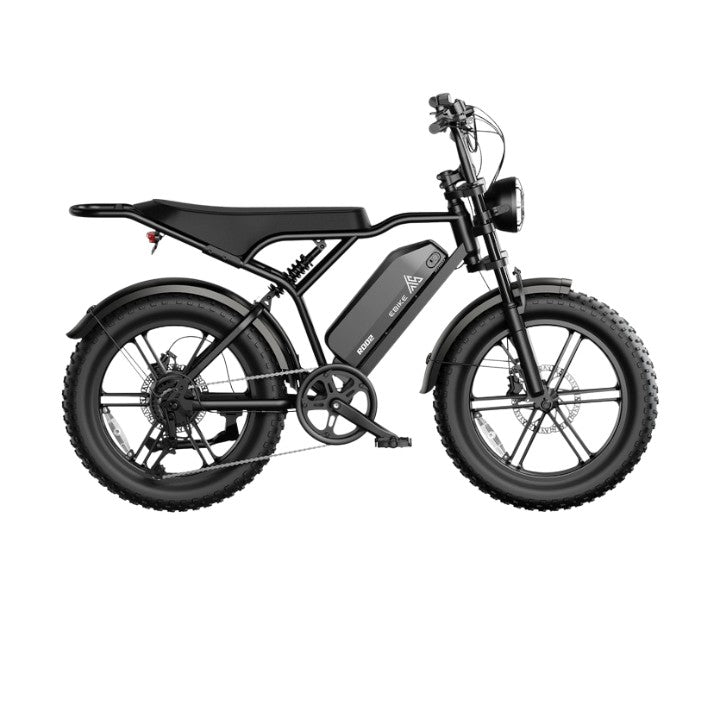
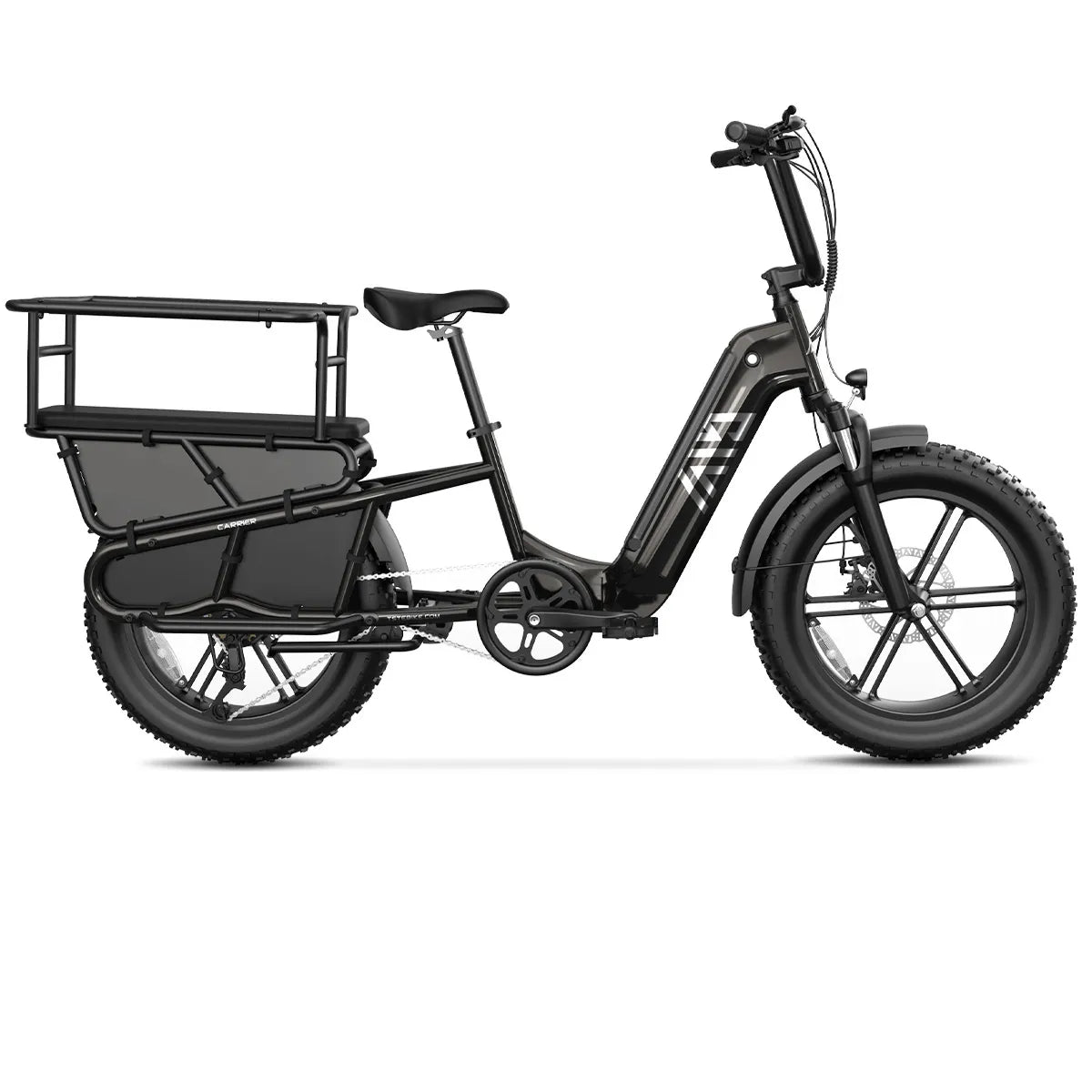
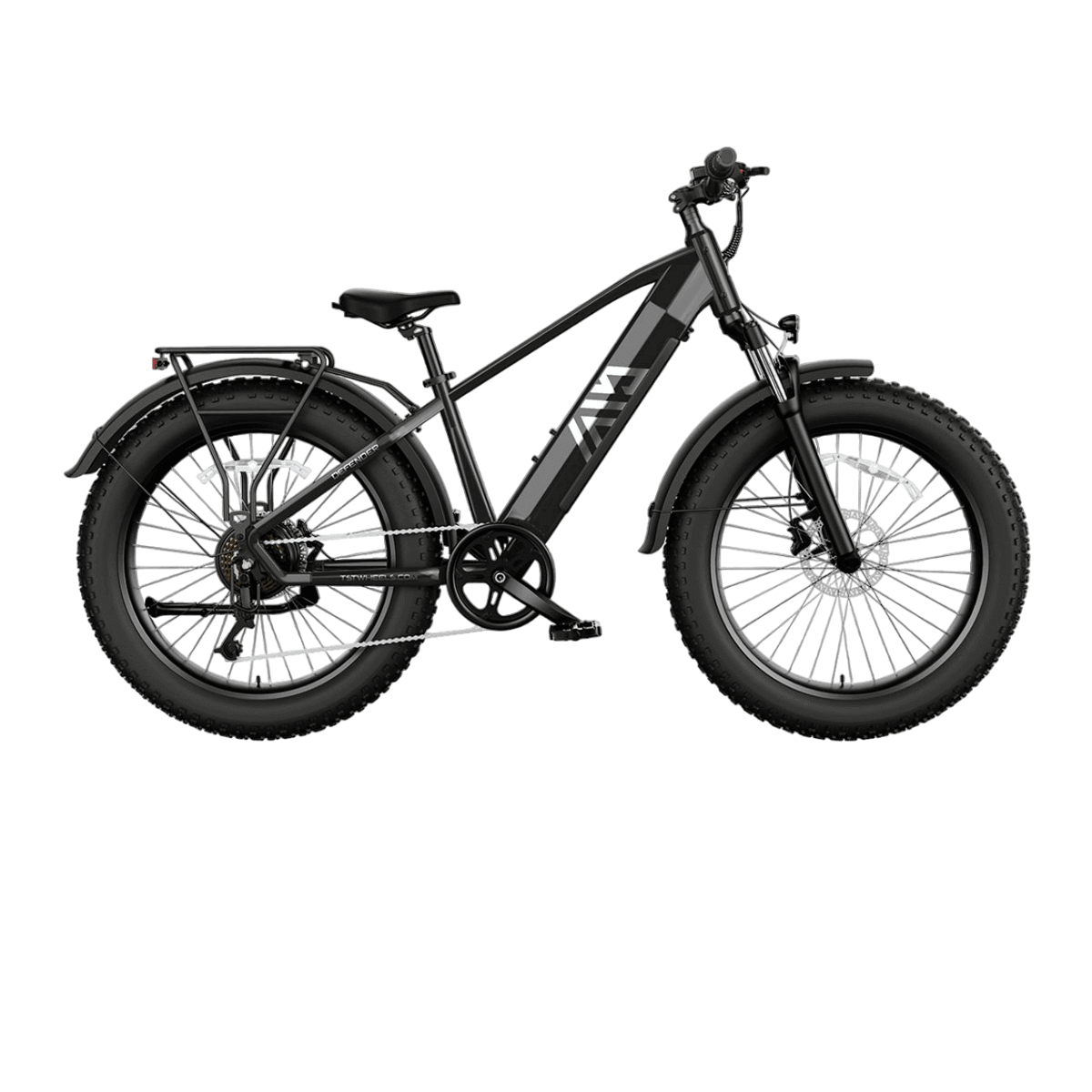
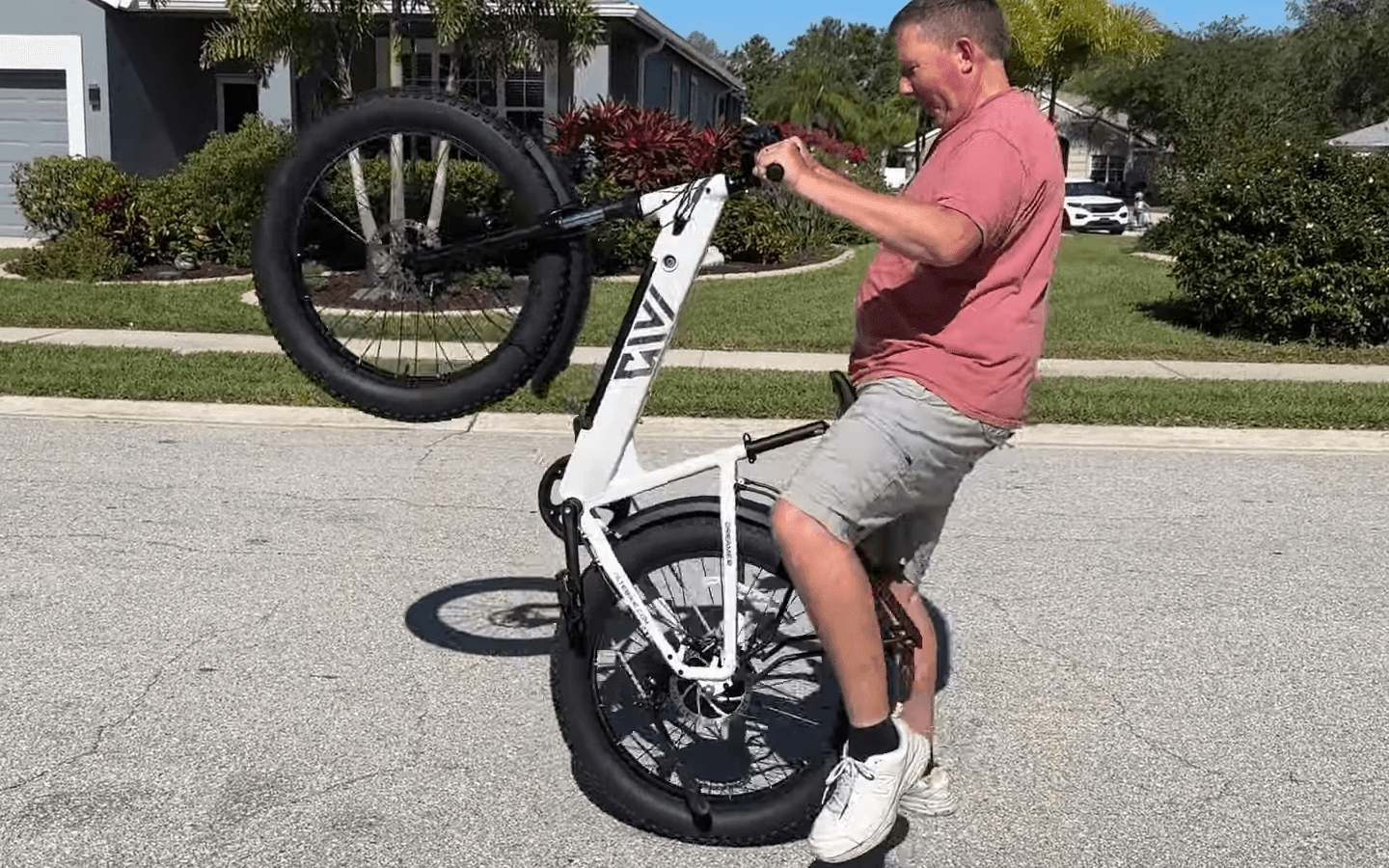

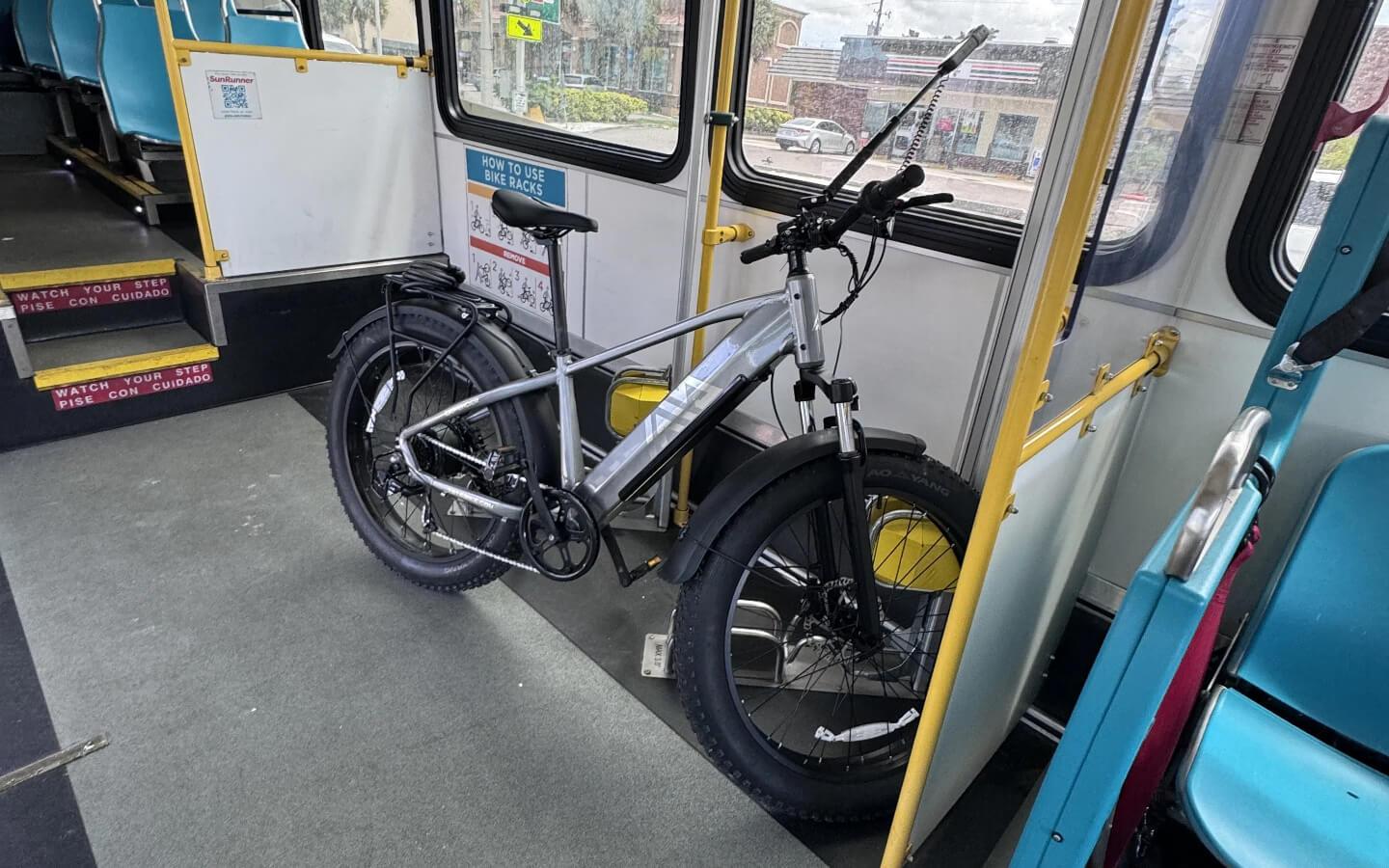
Leave a comment
All comments are moderated before being published.
This site is protected by hCaptcha and the hCaptcha Privacy Policy and Terms of Service apply.